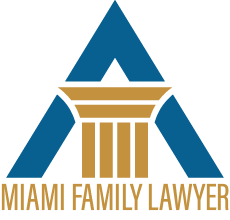Assumption of risk is defined as a doctrine that a person may in advance relieve another person of the obligation to act towards him or her with due care and may accept the chance of injury.
Assumption of risk is an affirmative defense in tort law that a defendant can raise in a negligence lawsuit that may prevent a plaintiff from receiving compensation for their injuries. This is because the defendant claims that the plaintiff freely and knowingly assumed the risk of injury, and therefore relieved the defendant of their obligation to act with reasonable care.
As a product liability lawyer in Las Vegas, NV can explain, in a strict product liability cases, a defendant looking to use the assumption of risk doctrine must show:
1. That the plaintiff actually knew and appreciated the particular risk or danger created by the defect;
2. That the plaintiff voluntarily encountered the risk while realizing the danger;
3. That the plaintiff’s decision to voluntarily encounter the known risk was unreasonable.
It is important to note that some states have barred the defense of assumption of risk due to the comparative and contributory fault doctrines. Comparative and contributory fault are doctrines that allow a jury to determine what percentage at fault each party was in a lawsuit. The comparative and contributory fault doctrines reduce recovery based on fault percentage whereas the assumption of risk doctrine can bar recovery completely.
Nevada Case Studies: Central Tel. Co. v. Fixtures Mfg. Corp & General Elec. Co. v. Bush
In Central Tel. Co., an employee of Central Telephone Company was injured when a defective couch “gave away” at the Central office. One employee knew and appreciated the risk of the broken couch because she removed a loose cushion from the couch with the intent that no one would use the couch without the cushion in place. The court acknowledged that another employee did not actually know and appreciate the risk of the defective couch because she watched another non-employee replace the cushion on the couch without realizing the danger, thus, she was unaware that the couch was defective. The court determined that assumption of the risk was not a defense in the strict products liability theory because “no employee voluntarily encountered the risk while realizing the danger.”
In General Elec. Co. v. Bush, Keith Bush was injured during the course of his employment while reassembling a giant vehicle specifically designed for use in open pit mining. In the process of lifting a cabinet by crane to place on the truck chassis, an eyebolt broke, allowing the cabinet to drop and slide down toward the rear of the truck. Bush was under the suspended cabinet and was struck in the head and his skull was crushed. The court determined that the appellees could not use assumption of the risk as a defense because there was no evidence that Bush knew of the eyebolt defect, nor was it apparent upon visual inspection. Thus, Bush could not have assumed the risk of a danger that he did not know existed.
Thanks to our friends at Eglet Adams for their insight on assumption of risk in strict product liability cases.
